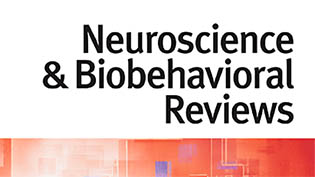Detecting schizophrenia at the level of the individual: relative diagnostic value of whole-brain images, connectome-wide functional connectivity and graph-based metrics
Authors: Du Lei, Walter HL Pinaya, Therese van Amelsvoort, Machteld Marcelis, Gary Donohoe, David O. Mothersill, Aiden Corvin, Michael Gill, Sandra Vieira, Xiaoqi Huang, Su Lui, Cristina Scarpazza, Jonathan Young, Celso Arango, Ed Bullmore, Qiyong Gong, Philip McGuire, Andrea Mechelli*
Journal: Psychological Medicine
DOI: 10.1017/S0033291719001934
Abstract: Background: Previous studies using resting-state functional neuroimaging have revealed alterations in whole-brain images, connectome-wide functional connectivity and graph-based metrics in groups of patients with schizophrenia relative to groups of healthy controls. However, it is unclear which of these measures best captures the neural correlates of this disorder at the level of the individual patient. Methods: Here we investigated the relative diagnostic value of these measures. A total of 295 patients with schizophrenia and 452 healthy controls were investigated using resting-state functional Magnetic Resonance Imaging at five research centres. Connectome-wide functional networks were constructed by thresholding correlation matrices of 90 brain regions, and their topological properties were analyzed using graph theory-based methods. Single-subject classification was performed using three machine learning (ML) approaches associated with varying degrees of complexity and abstraction, namely logistic regression, support vector machine and deep learning technology. Results: Connectome-wide functional connectivity allowed single-subject classification of patients and controls with higher accuracy (average: 81%) than both whole-brain images (average: 53%) and graph-based metrics (average: 69%). Classification based on connectome-wide functional connectivity was driven by a distributed bilateral network including the thalamus and temporal regions. Conclusion: These results were replicated across the three employed ML approaches. Connectome-wide functional connectivity permits differentiation of patients with schizophrenia from healthy controls at single-subject level with greater accuracy; this pattern of results is consistent with the ‘dysconnectivity hypothesis’ of schizophrenia, which states that the neural basis of the disorder is best understood in terms of system-level functional connectivity alterations.
